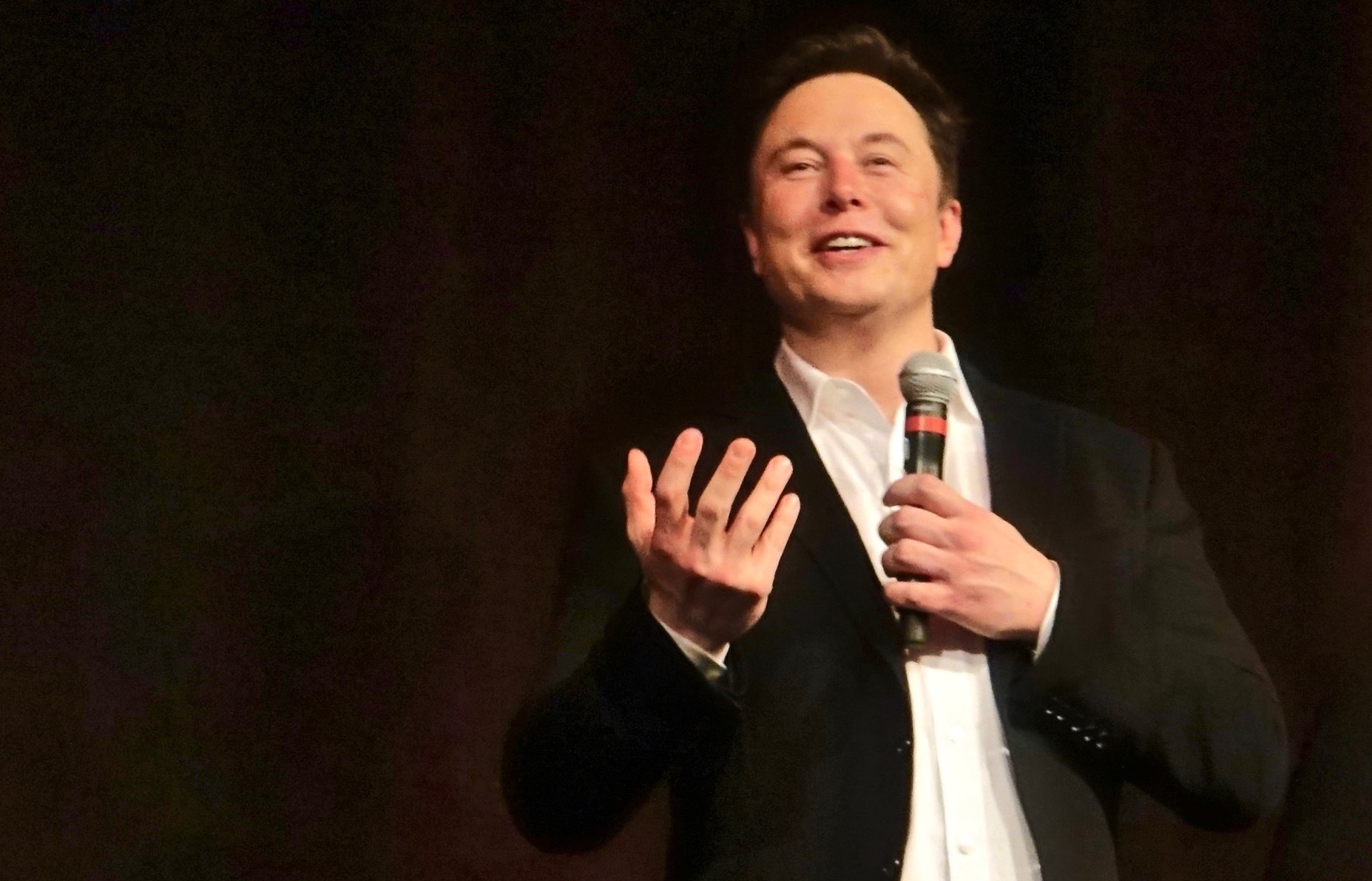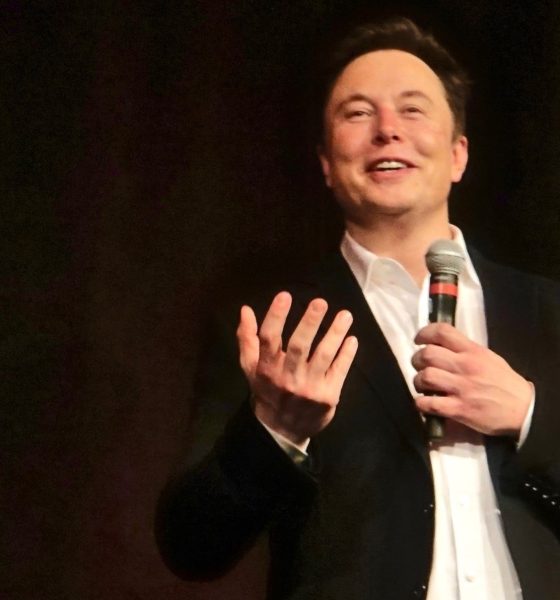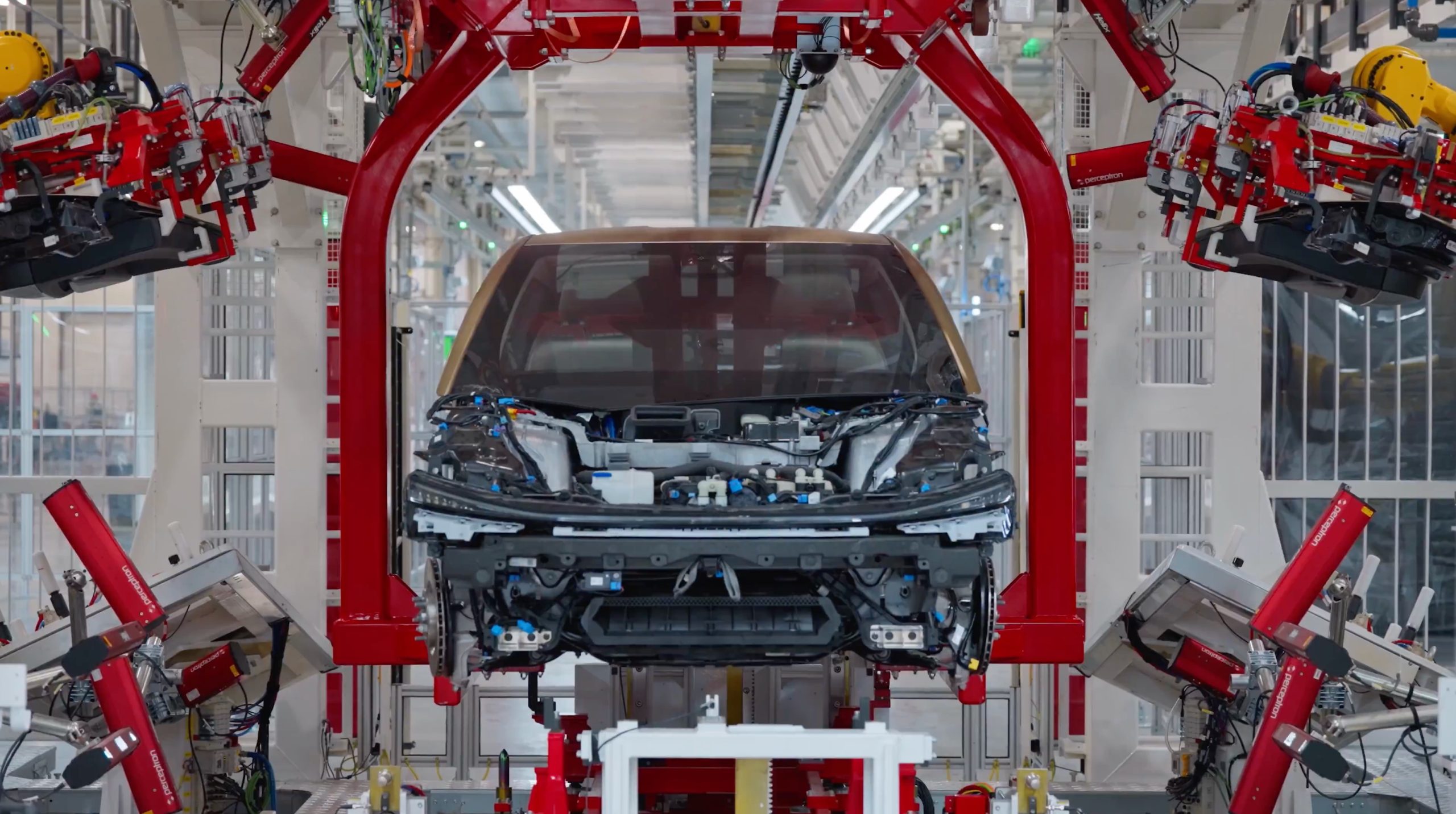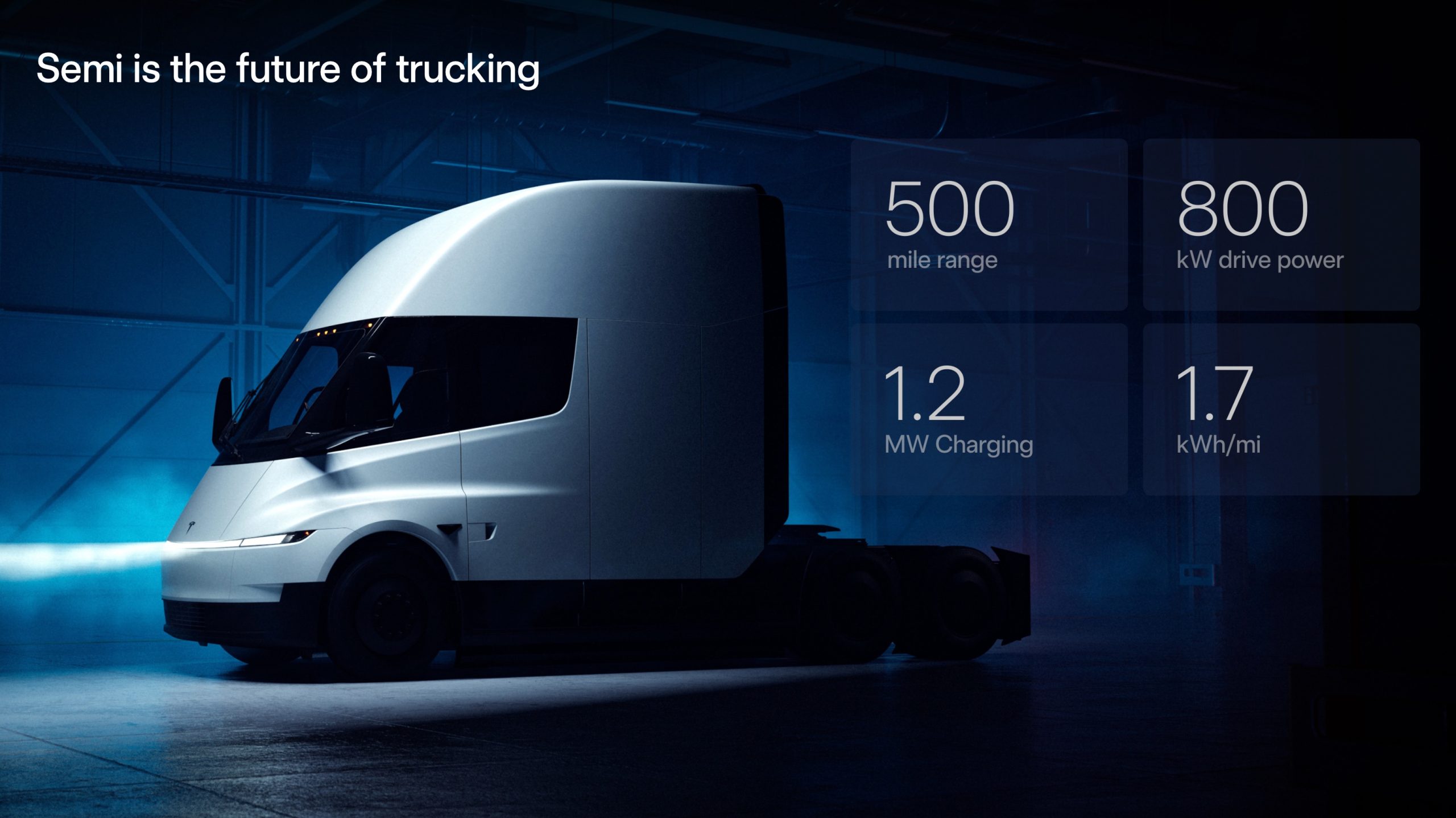

News
Tesla ‘will solve autonomy soon:’ Musk highlights FSD’s value to company
Tesla CEO Elon Musk reiterated once again that the company is close to solving autonomy while highlighting the automaker’s efforts and what they mean to its valuation.
“Although I’ve said this before, I think we will solve autonomy soon,” Musk said today (via Reuters), speaking at the VivaTech conference in Paris.
Musk has long highlighted Tesla’s prowess in the EV space, and as the automaker has prioritized solving autonomy for the better part of a decade, it has not been uncommon for him to state the company is close to being the first to roll out a fully self-driving car.
Tesla has its Autopilot and Full Self-Driving suites available, but they are not fully autonomous, meaning a driver can not sleep while the car is moving. Instead, the automaker has said that its FSD Beta is “an SAE Level 2 driver support feature,” but this is far from the Level 5 grade that would indicate it is fully autonomous.
Musk also said during the VivaTech event that Tesla’s driving force behind its valuation is autonomy.
“The value of the company is primarily on the basis of autonomy. That’s really, I think, the main driver of our value.”
Tesla shares have spiked recently in significant fashion, adding more than $200 billion in value because of partnerships announced with Ford and GM that would see the companies adopt Tesla’s NACS charging connector and gain access to its Supercharger Network.
However, Tesla’s biggest bulls have highlighted the importance of autonomy to their outlook for the stock for the future. ARK Invest has stated that an operational robotaxi fleet would surge Tesla’s stock price significantly.
Tesla’s Robotaxi network could be more profitable than expected: ARK Invest
Musk’s visit to Europe has included numerous meetings with officials from both France and Italy as the company is expected to release the location of its next Gigafactory by the end of the year. It seems like Europe may be the location it will end up, as reports of negotiations with Spain were revealed earlier this week.
However, Tesla has been strongly linked to France recently.
I’d love to hear from you! If you have any comments, concerns, or questions, please email me at joey@teslarati.com. You can also reach me on Twitter @KlenderJoey, or if you have news tips, you can email us at tips@teslarati.com.

News
Tesla continues growing its Cybercab production team with new job listings
Both positions are based in Gigafactory Texas, the site of the Cybercab’s initial production.

Tesla continues to build out its workforce for the upcoming Cybercab, with two new job listings for quality inspectors for the autonomous two-seater being listed in the company’s official Careers website.
Both positions are based in Gigafactory Texas, the site of the Cybercab’s initial production.
New Cybercab listings
Tesla recently added openings for “Quality Inspector, Cybercab” and “Quality Inspector, Cybercab – Incoming Quality” on its Careers website. The roles involve detailed inspections of Cybercab components using precision tools such as calipers, micrometers, and gauges, among others. Candidates must also identify non-conformances, document findings in Tesla’s quality management system and collaborate with production teams to resolve issues swiftly.
Overall, these new Cybercab-related roles highlight Tesla’s emphasis on precision for the two-seater’s innovative features, such as its inductive charging setup, which is not available on any Tesla consumer vehicle today. If any, the Cybercab’s Quality Inspectors will likely be operating in uncharted territory as the vehicle is being produced using Tesla’s new Unboxed process. Elon Musk has also noted that the Cybercab’s production line will resemble a high-speed consumer electronics line instead of a conventional automotive line.
Recent Cybercab Design Evolutions
Since its October 2024 unveiling, the Cybercab has undergone several refinements visible in recent prototypes, enhancing aerodynamics and manufacturability ahead of production. The tail design now rises slightly for better airflow, with a shortened rear body panel and repositioned red reflectors farther from the wheel arches.
Front-end updates include segmented daytime running lights, actual turn signals and a sharper splitter, while side repeater cameras have shifted forward for improved visibility. Tesla has also enlarged door panels for easier ingress and egress, swapped to unpainted tires without extended covers and adjusted the B-pillar forward and lower, likely to foster a more open cabin feel.
News
Tesla starts laying the groundwork for FSD tests in Austria
The job opening comes as the company pushes regulatory approvals and data collection in new European markets.

Tesla seems to be ramping its efforts to hire key personnel for FSD’s eventual expansion in Europe. This was hinted at in a new job listing for a vehicle operator role in Vienna, Austria.
The job opening comes as the company pushes regulatory approvals and data collection in new European markets.
Vienna’s vehicle operator role
Tesla posted the job for “Fahrer (Vehicle Operator) (m/w/d)” in its Vienna office on its Careers website, seeking candidates to drive and monitor test vehicles as part of the Autopilot and AI team. The role involves collecting real-world driving data to refine Full Self-Driving systems for the country’s local roads. Responsibilities include operating vehicles in urban and highway environments, documenting system performance, among other tasks.
Applicants need a valid Austrian driver’s license and at least two years of driving experience. Fluency in English is essential, along with a familiarity with driver assist systems. Tesla noted that the position offers a minimum annual gross salary of EUR 32,000, though relevant professional experience and qualifications will be taken into account. Similar to other Tesla roles, the position also offers TSLA stock as an incentive.
Tesla’s FSD Push in Europe
Tesla’s FSD efforts in Europe have accelerated in recent months, with significant progress in Spain serving as a key milestone. In July 2025, Spain’s Directorate-General for Traffic launched the ES-AV framework to standardize automated vehicle testing, authorizing Tesla for nationwide FSD trials with 19 vehicles under Phase 3, which allows optional onboard safety operators and remote monitoring.
The program, running through November 2027, aims to position Spain as a leader in the field, as DGT stated: “The program is designed to complement and enhance oversight, regulation, research, and transparency efforts, as well as to support innovation and advancements in automotive technology and industry.”
Beyond Spain, Tesla has conducted FSD demonstrations in Germany, France and Italy for consumers, while pursuing national approval in the Netherlands for early 2026.
News
Tesla Semi factory looks almost complete during Thanksgiving weekend
Based on recent drone videos, the Tesla Semi factory looks practically ready to start operations.

It appears that the Tesla Semi factory near Giga Nevada is already hard at work preparing for the initial production of the Class 8 all-electric truck. This was, at least, hinted at in a recent drone flyover of the facility from a longtime watcher.
The Tesla Semi factory after Thanksgiving
Drone operator and Tesla Semi advocate @HinrichsZane recently shared some footage he captured of the upcoming facility during the Thanksgiving weekend. Based on his video, it appears that Tesla gave its employees in the area the weekend off. One thing is evident from the video, however, and that is the fact that the Tesla Semi factory looks practically ready to start operations.
The Tesla Semi watcher did point out that the electric vehicle maker is still busy bringing in production equipment into the facility itself. Once these are installed, it would not be surprising if initial production of the Tesla Semi begins.
A new Tesla Semi
The upcoming completion of the Tesla Semi factory near Gigafactory Nevada seems all but inevitable in the coming months. What would be especially interesting, however, would be the vehicles that would be produced on the site. During Elon Musk’s presentation at the 2025 Annual Shareholder Meeting, a glimpse of the production Tesla Semi was shown, and it looks quite a bit different than the Class 8 all-electric truck’s classic appearance.
As could be seen in the graphic from the CEO’s presentation, the updated Tesla Semi will feature slim lightbar headlights similar to the new Tesla Model Y, Cybertruck, and the Cybercab. Tesla also teased a number of aerodynamic improvements that increased the truck’s efficiency to 1.7 kWh per mile. Extended camera units, seemingly for FSD, could also be seen in the graphic.









